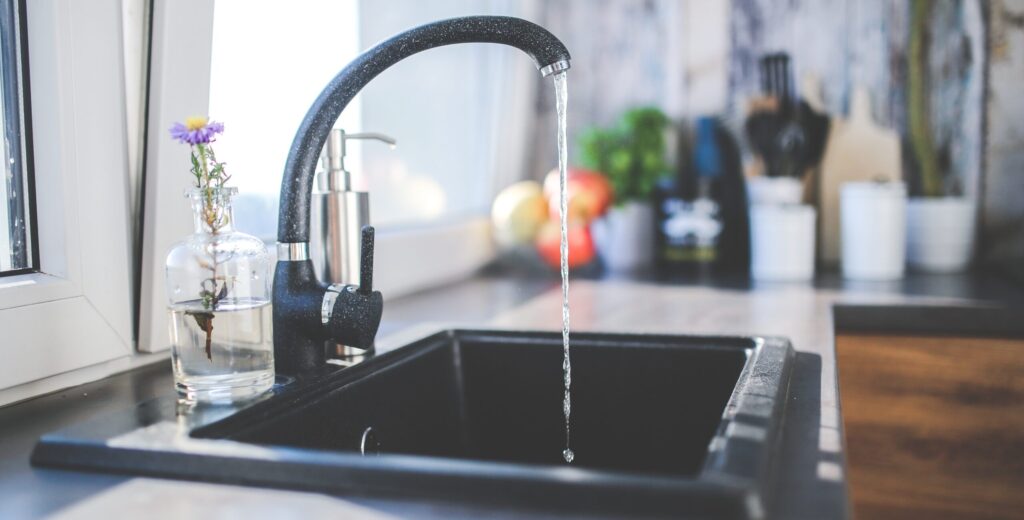Studying national water samples to help people with Nontuberculous mycobacteria (NTM) lung disease
GMRF scientists searching for mycobacteria in drinking water
Nontuberculous mycobacteria (NTM) are common environmental bacteria. They can be found in a variety of water sources, such as drinking water, pool water and residential tank water. Some NTM, like the ones in the Mycobacterioides abscessus family (MABS) can cause serious infections in people with underlying illnesses such as chronic lung diseases. MABS infections are difficult to treat as many antibiotics do not kill these bacteria.
People with a MABS infection rely heavily on the healthcare system for treatment and care. In recent years the infection rates of MABS have been increasing but our understanding of how MABS lung infections are acquired and spread is limited.
‘Is MABS common in drinking water sources?’
A primary project underway at the GMRF team is trying to answer the question ‘Is MABS common in drinking water sources?’ and how might characteristics of that water affect MABS survival. As part of the project the GMRF Respiratory team is working in collaboration with local agencies to collect water samples from all over Australia.
GMRF conducts testing and if MABS are identified, the sample is then sent to the South Australian Health and Medical Research Institute (SAHMRI) in Adelaide for whole genome sequencing. Sequencing will help us track whether these bacteria are associated with human infections or not.
Discovering MABS in drinking water of areas with a high infection rate will enhance our understanding of how MABS grow and survive in water supplies. We are thankful for the hard work of everyone involved in the collection, sampling and testing process to find the answers that will help people affected by NTM lung disease.
This project is conducted in partnership with The Prince Charles Hospital and the Queensland Children’s Hospital.
Learn more about our respiratory research


